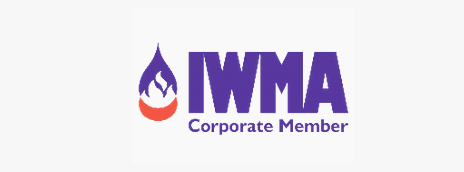The Benefits of Combining Smoke Extraction and Sprinkler Systems
Integrated fire protection and suppression systems have recently become a world standard. These systems are suitable for large and architecturally complex structures. They are based on a combination several components and offer the best protection of human lives and property during fires.
These are possible components of integrated systems, for instance:
- Smoke detection
- Smoke isolation
- Smoke extraction
- Fire suppression
Integrated systems consist of several subsystems. Each subsystem has a particular function that contributes to the efficiency of containing a possible fire. The success of the subsystems is boosted by their combined effects. Each unit is activated at a certain stage of the process so the fire is extinguished most efficiently and most damages are prevented.
The function of the subsystems is:
To detect the fire and find its core as rapidly as possible (1)
To issue an alert and simultaneously initiate the isolation of the fire (2)
To complete the fire’s isolation (3)
To operate smoke extraction units, prevent damages and save lives (4)
And finally, to extinguish the fire (5)
These activities must be well coordinated according to the conditions in sections of the building not yet affected by the fire.
Sprinklers and smoke extraction systems have different functions that complete each other. The sprinkler system controls the flames and diminishes the amount of smoke in the area. In crowded areas like shopping malls, however, it is not recommended to activate sprinklers and cool the smoke because evacuation routes might become too wet and slippery. Isolation systems seal “hot spots” and prevent the spreading of smoke into unaffected areas in the building.
Each and every building has its specific dynamics and requirements, so it is crucial to understand the building’s architecture and its special structural challenges. Integrated systems divide the building into fire control and isolation zones. According to this strategy advanced fire suppression equipment is installed in places that appear more susceptible in order to isolate them from safer areas.
It is important to realize that smoke extraction by exposing the space to oxygen does has no negative impact on sprinkler systems, which are not affected at all by the concentration of oxygen in the atmosphere. Another benefit of integrated systems is the cost effective capacity of setting different equipment in different areas instead of setting one expensive system in the entire building. In an integrated system, appropriate components are set wherever it is most required. As an example, in complex airport terminals, in which concourses and gates are connected by corridors to a central hub, it is possible to isolate each section to respond specifically and avoid a major disaster.
As soon as the fire is isolated, the relevant fire suppression gear is activated without affecting or harming the people or equipment in any other area of the building.
Beyond their main purpose as fire and smoke protection, these systems are cost effective and save energy because of their natural ventilation and natural day lighting capacities. Their modularity makes them very adaptable, so they may be installed in any existing structure with no impact on its appearance and architecture.
Finally, many tests have proven that combining subsystems has no negative impact on their specific performance. Moreover, integrated systems significantly improve the odds for higher efficiency, better coping and less damages during a fire.









